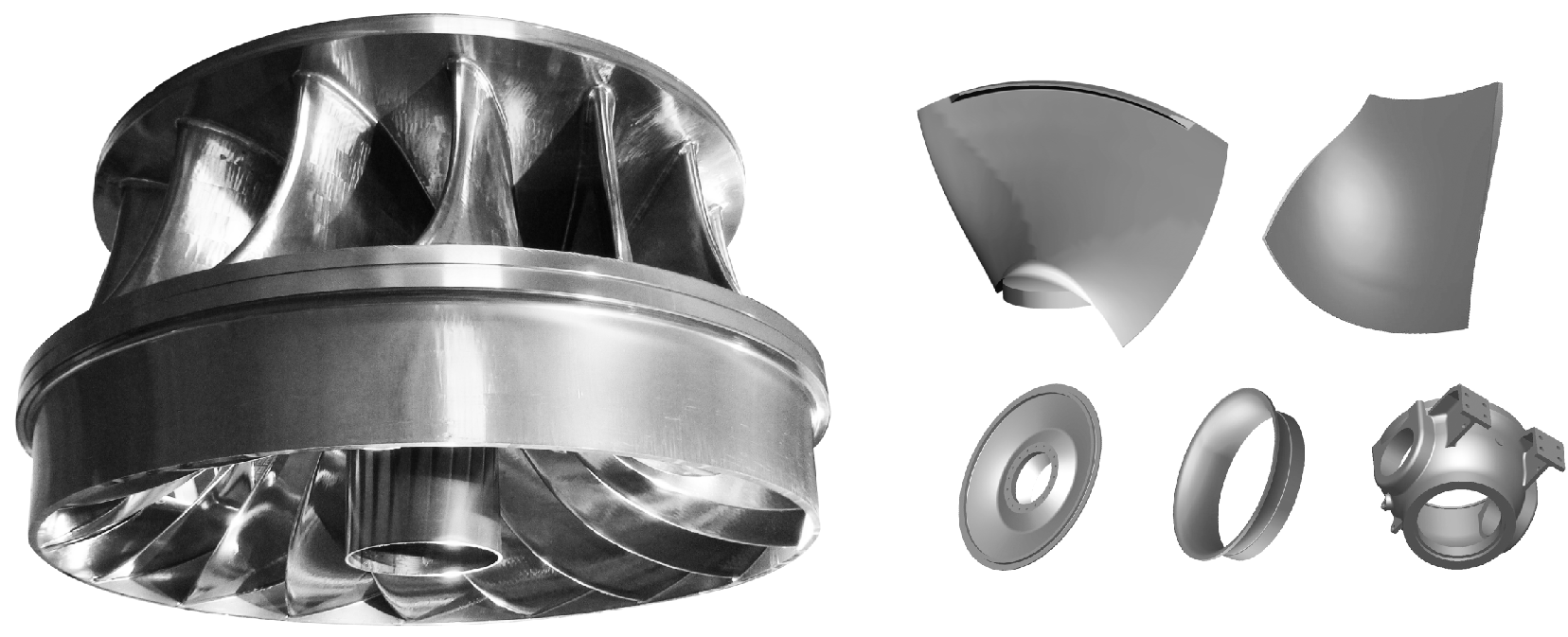이메일 형식 오류
emailCannotEmpty
emailDoesExist
pwdLetterLimtTip
inconsistentPwd
pwdLetterLimtTip
inconsistentPwd

소식
Precautions in the Use of Sand Mold
Most of the molds used for sand casting are wood molds, and some use lead molds; No matter what kind of mold it is, it has the characteristics and defects when casting.

Matters needing attention in the use of wood mold for sand casting:
Before using the wood mold, check whether the geometric dimension of the casting has been deformed;
Put the wood mold into the sandbox, put the sand evenly, strike the sand evenly, and prevent uneven soft, and hard. When striking the sand, pay attention to leaving the wood mold for about 2mm. Don't hit the mold with sand and damage the mold. After the mold is finished, it is required to walk around the wood mold first, but try not to hit it with iron tools to prevent damage to the model. When the mold is about 1mm away from the sand mold, gently lift it with hands or special tools, and the model is easy to bond the sand when in use, Especially for sodium silicate sand casting, the mold damage is great, so the mold release agent should be applied before putting it into the sandbox;
It is easy to come out when the model is out of the mold. If it is found that the model has sand sticking, after the mold cavity of the sand mold needs to be repaired, clean up the miscellaneous sand in the mold cavity. It is required to put the castings with sand cores. After the sand cores are inspected to be in good condition, put them in the mold cavity, put the upper and lower top core iron, and prepare the chassis. Pay attention to the marks or locks of the two boxes of the chassis, and do not buckle them off or reverse.
Another point of sodium silicate sand casting is to use CO2 to solidify the molding sand in a timely and uniform manner and dry the casting cavity with open fire. Finish the chassis, tighten the fastening screws and press the chassis.
What are the advantages and disadvantages of sand casting?
Advantage
- It can cast blanks with complex shapes and cavities. Such as various boxes, beds, racks, etc.
- It has wide applicability, ranging from a few grams to hundreds of tons of castings.
- Raw materials come from a wide range of sources, and the cost is low. If iron filings can be melted.
- The shape of the casting is close to the size of the part, reducing the machining allowance.
Disadvantages
- There are many processes, and the quality of some processes is difficult to ensure.Unstable quality, easy to form waste products.
- Castings are prone to shrinkage cavities and pores, and their performance is not as good as forgings. Therefore, castings are generally not used for important parts bearing large loads.

